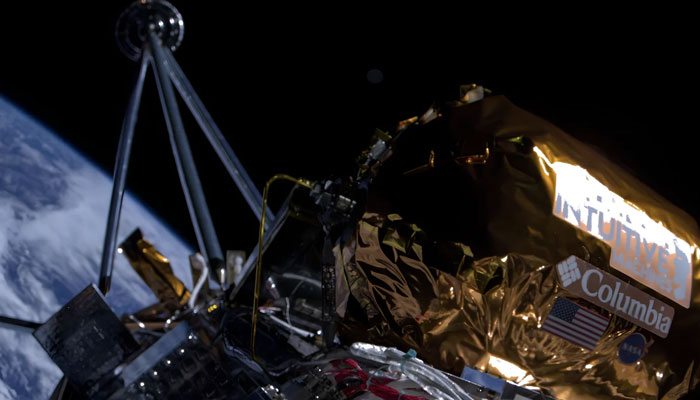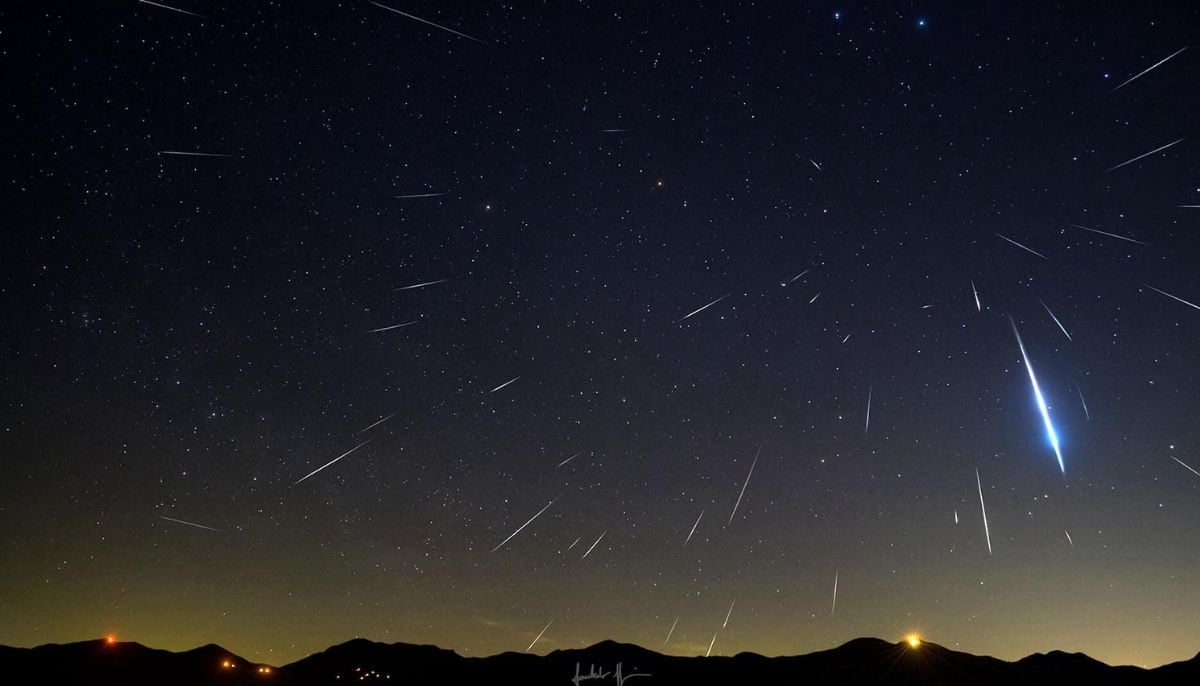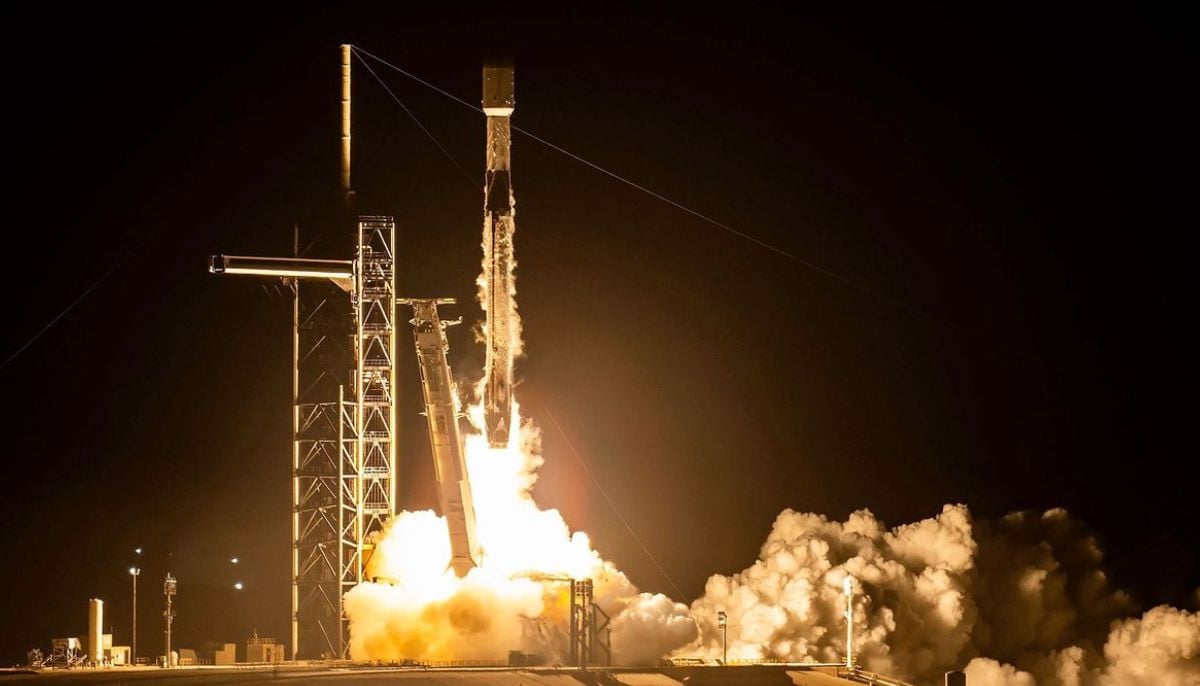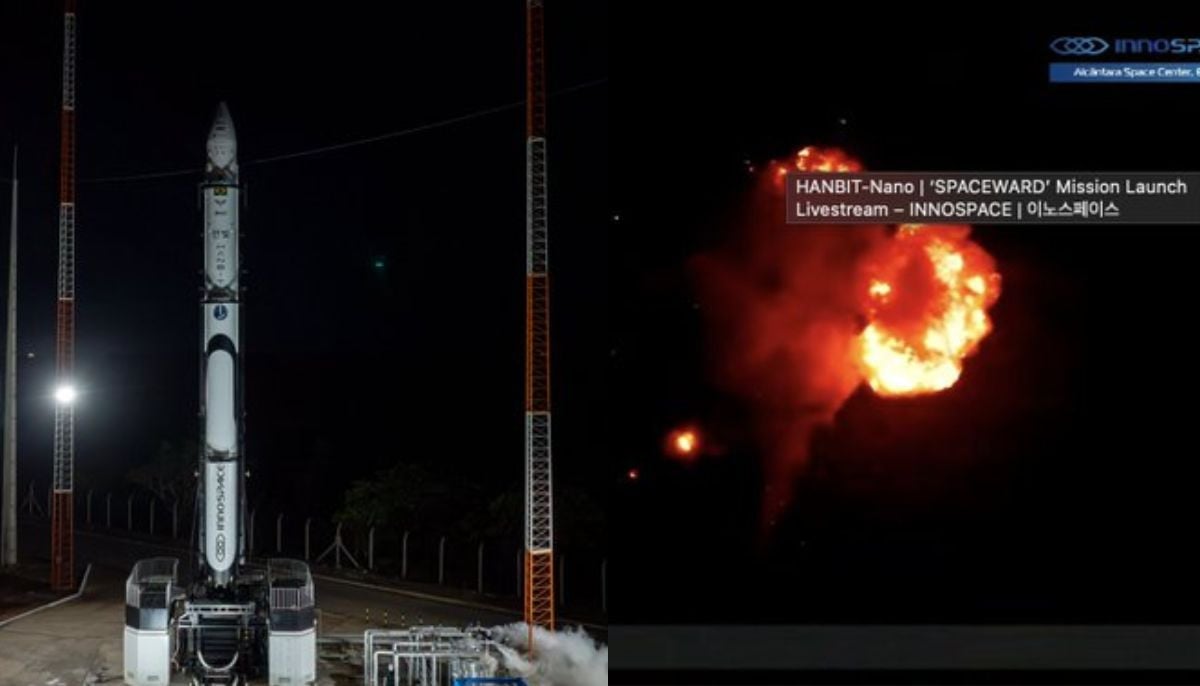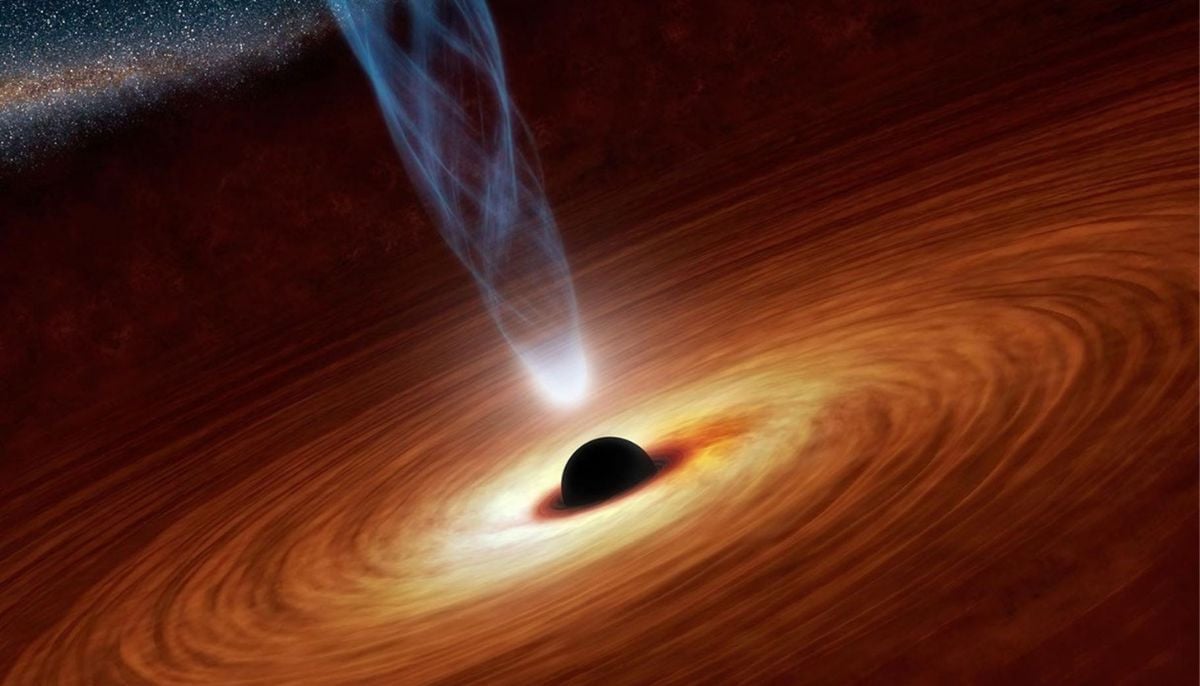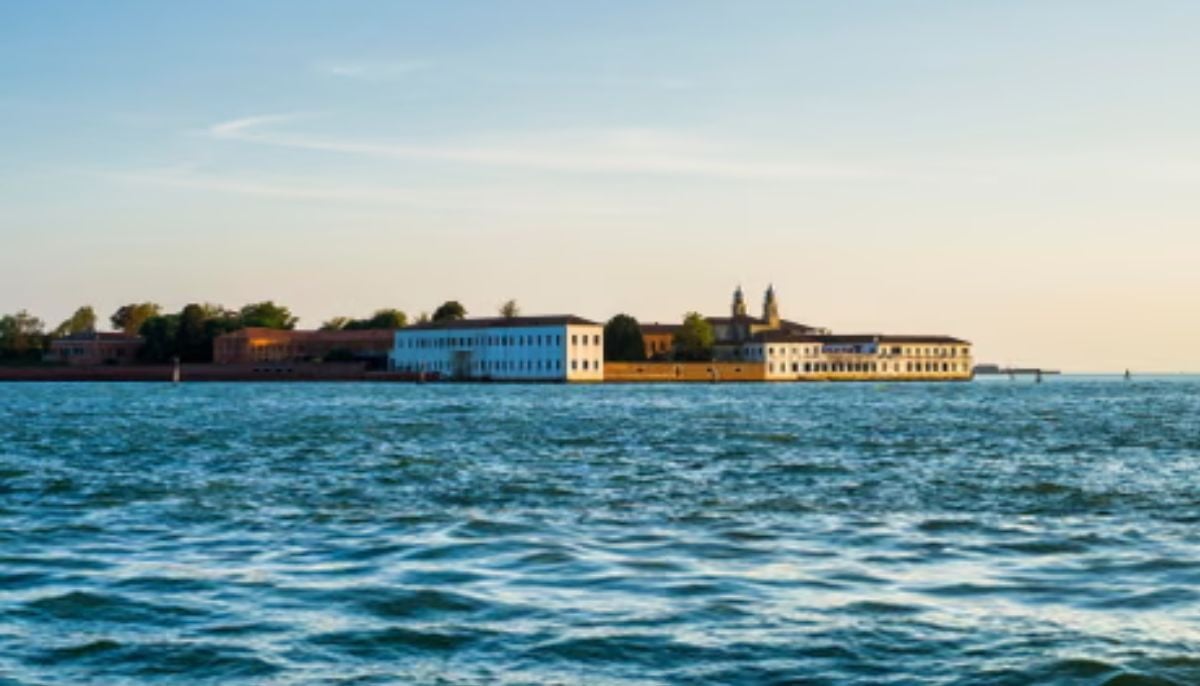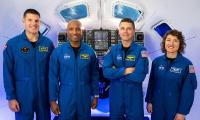First US landmark in 50 years: Odysseus makes historic landing on moon After Apollo 17
Historic moment marks first US spacecraft to achieve this feat in over 50 years, following the iconic Apollo 17 mission in 1972
In a historic moment echoing the Apollo era, the United States has once again set foot on the moon with the successful landing of the unmanned Odysseus spacecraft, operated by Houston-based company Intuitive Machines.
The development marks the first American spacecraft to achieve this feat in over 50 years, following the iconic Apollo 17 mission in 1972.
As Odysseus approached the lunar surface, a moment of anxiety gripped mission control when contact with NASA was momentarily lost. However, relief washed over the team as signals were restored approximately 15 minutes later, confirming the triumphant arrival on the moon.
Intuitive Machines' CEO, Stephen Altemus, exclaimed, "We can confirm, without a doubt, that our equipment is on the surface of the moon. Welcome to the moon." The achievement is not only a significant milestone for private space exploration but also a testament to collaborative efforts with NASA.
NASA Administrator Bill Nelson applauded the success, saying, "Today for the first time in more than a half century, the US has returned to the moon." This mission, albeit private, had NASA's backing, with the space agency investing $118 million to deliver six instruments to the lunar surface.
The final moments of Odysseus's descent, as it approached the moon's surface, were described by Intuitive Machines' Chief Technology Officer Tim Crain as "the longest 15 seconds you'll ever experience." Despite challenges, including a 15-second data delay and the reassignment of navigation sensors, Odysseus executed a flawless landing.
The spacecraft, launched from Kennedy Space Center in Cape Canaveral, Florida, aboard a SpaceX Falcon 9 rocket, demonstrated its precision by dropping to within about 6 miles of the lunar surface before beginning its powered descent.
The successful soft landing opens new horizons for lunar exploration and reinforces the role of private ventures in advancing space technology.
In addition to scientific instruments, the Odysseus lander carried the innovative EagleCam, designed by students at Embry-Riddle Aeronautical University, to capture the spacecraft's final descent through a series of photos or "selfies."
The mission not only contributes to scientific exploration but also integrates artistic endeavors, including a project by renowned American sculptor Jeff Koons.
-
Salt-loving halophytes could boost coastal agriculture
-
3I/ATLAS departs, Japan tests laser weapon, and AI cracks the ‘impossible’ math problems this week
-
NASA prepares for first crewed Moon mission in over 50 years
-
‘Peak extinction’: New study reveals timeline for thousands of glaciers to vanish
-
3I/ATLAS: Rare interstellar comet nears closest approach to Earth-catch it tonight
-
AI boom triggers 2025 environmental crisis: CO2 emissions, water usage skyrocket
-
Scientist discovers tiny protein that control hunger
-
Rare comic discovery: Hidden star found in unexpected dust zone
